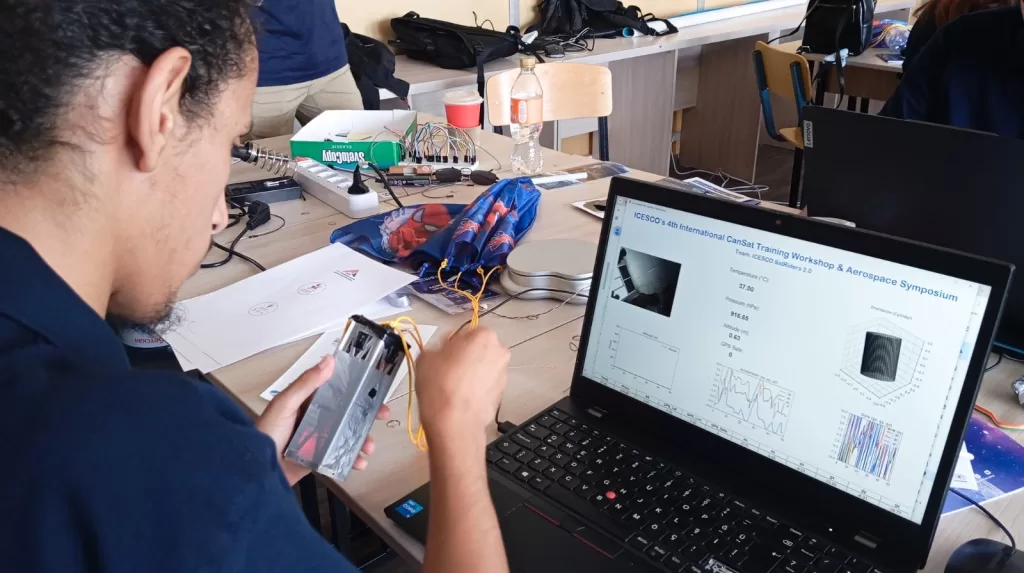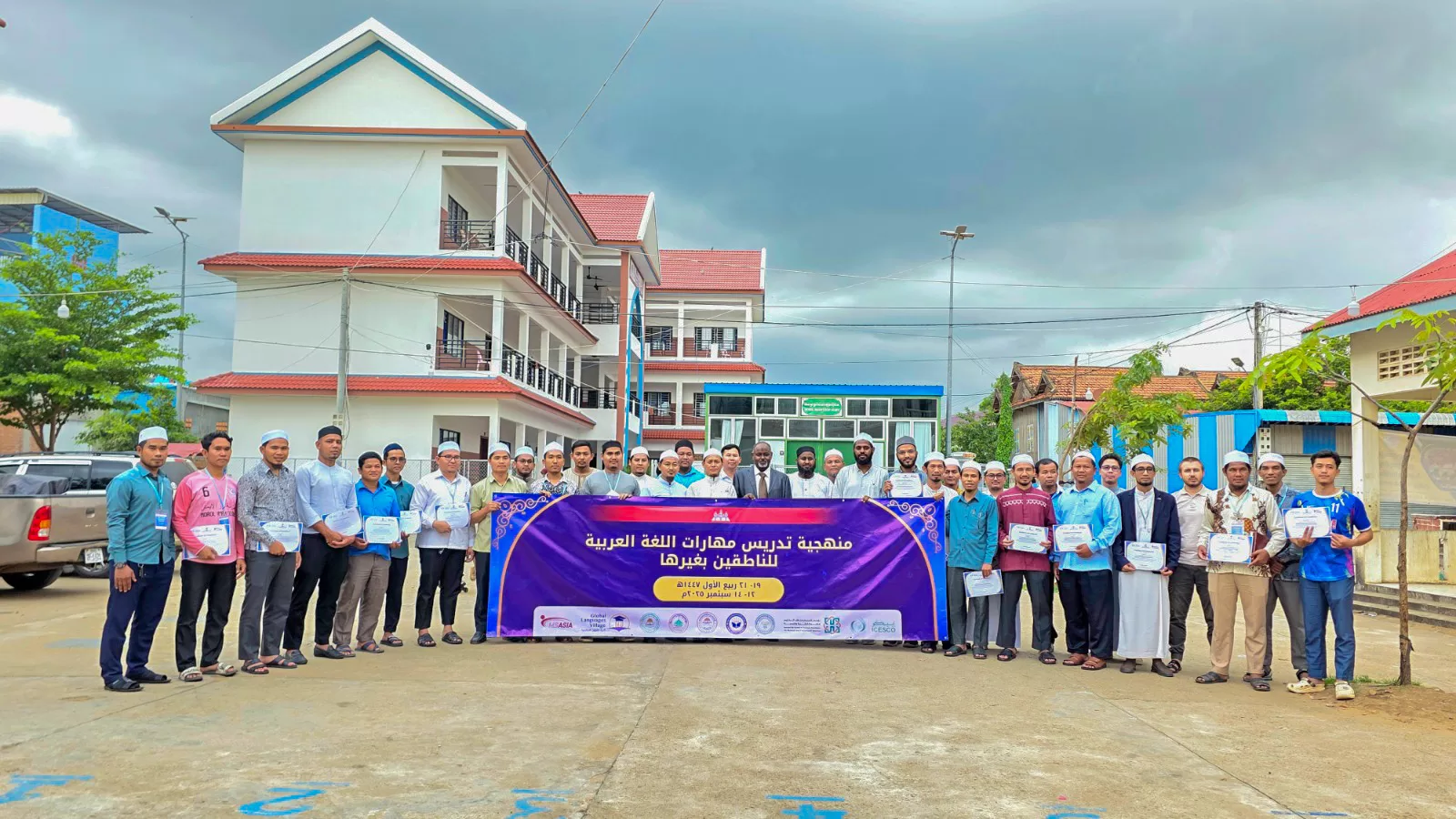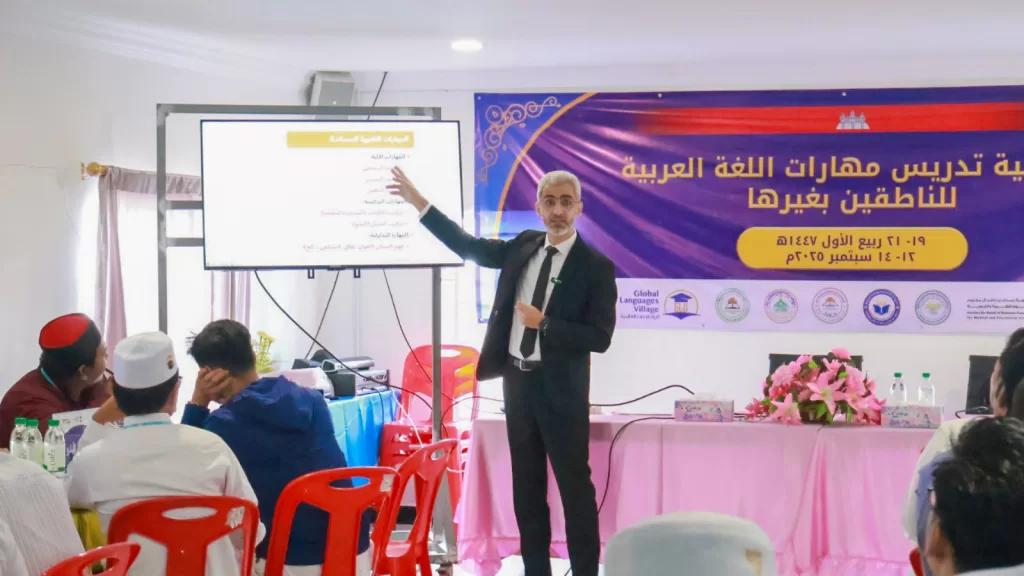Dr. Salim M. AlMalik, Director-General (DG) of the Islamic World Educational, Scientific and Cultural Organization (ICESCO), met with Ms. Aida Balayeva, Minister of Culture and Information of the Republic of Kazakhstan, to discuss prospects for joint cooperation in culture and heritage preservation. The meeting took place alongside ICESCO’s participation in the 8th “Congress of Leaders of World and Traditional Religions,” hosted by Center for Interfaith Dialogue in Astana, on 17–18 September 2025.

During the meeting, held on Thursday, September 18, 2025, Dr. AlMalik overviewed ICESCO’s vision and strategic orientations, highlighting its programs and initiatives, particularly in heritage preservation across the Islamic world. Dr. AlMalik emphasized the establishment of the Islamic World Heritage Center and ICESCO’s inscription of 724 sites and elements on its heritage list.
For her part, Ms. Balayeva expressed her appreciation for ICESCO’s pioneering efforts in safeguarding tangible and intangible heritage and enhancing cultural fields in its Member States. Ms. Balayeva underscored the importance of training Kazakh professionals and expressed the Ministry’s intention to organize specialized training in cooperation with ICESCO on heritage preservation, maintenance, and restoration.
Furthermore, the Kazakh Minister highlighted her interest in inscribing several historical sites in Kazakhstan on ICESCO’s Islamic World Heritage List, commending the Organization’s role in emphasizing their civilizational value.
The discussion further addressed the possibility of designating a Kazakh city, particularly Turkestan, as the 2028 Cultural Capital in the Islamic World. Dr. AlMalik invited Ms. Balayeva to visit ICESCO headquarters in Rabat to continue coordination and discuss future cooperation projects.

The meeting was also attended by Mr. Anar Karimov, Head of ICESCO’s Partnerships and International Cooperation Sector, and Dr. Abdulhakeem AlSenan, Director of ICESCO’s Regional Office in Baku.


































